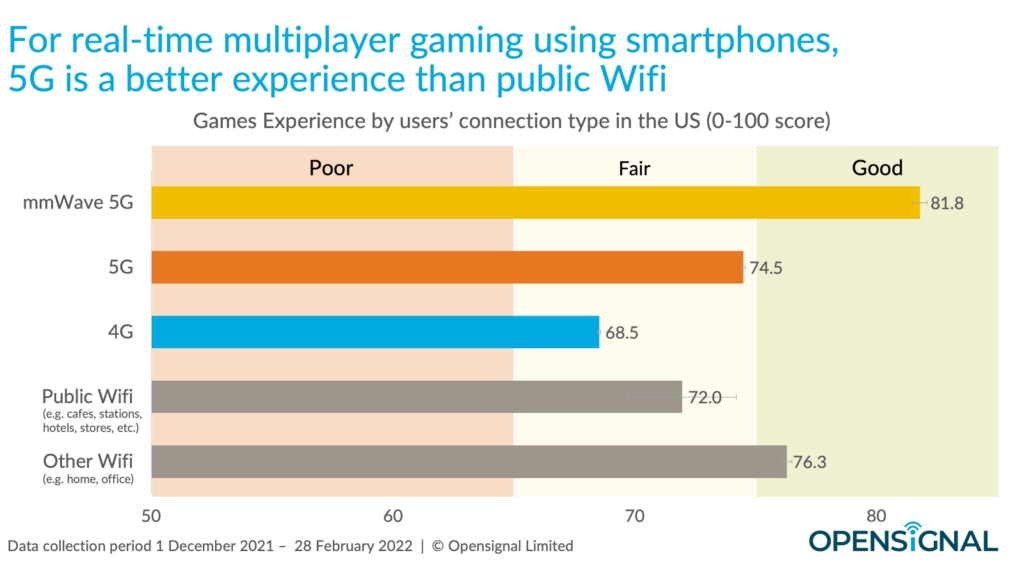EE World had a conversation with Matsing’s Manish Matta and Keysight’s Roger Nichols about the evolution of 5G into business use cases and the potential role of 6G.
Despite some experts in the consumer wireless telecom industry calling 5G a disappointment, it is expanding beyond just smartphones and downloads. With the introduction of 3GPP Release 17, 5G is incorporating features that businesses can leverage, such as RedCap. Release 18 will bring 5G-Advanced, which includes features like Sidelink, multicast, machine-to-machine communications, AI/ML, and improved energy efficiency.
Meanwhile, research on 6G is ongoing.
The lifespan of wireless generations typically exceeds the ten-year mark, with 2G still in use, while 3G is phasing out. Given the vast number of connected devices, 4G/LTE is expected to remain relevant for at least another decade. The decision to upgrade to LTE over 5G is often influenced by considerations of energy consumption and cost.
Businesses are likely to adopt 5G for its new features tailored for industrial and commercial use, potentially prolonging its lifespan. Matsing suggested that 6G research should slow down due to the anticipated longevity of 5G, sparking a broader discussion with Keysight’s Roger Nichols.
Both Matta and Nichols agree that 5G will endure well into the next decade, with private networks contributing to its longevity. The enhancements brought by 5G-Advanced, such as precise location tracking and energy efficiency, are expected to drive broader adoption beyond smartphones.
Private networks
Enterprise adoption of private networks is projected to extend the lifespan of 5G, possibly surpassing that of previous generations. The potential for precise location tracking within 10 cm is seen as a significant advancement for automation and public safety.
The discussion also touched on mmWave technology and its potential for high-speed connections, albeit with deployment challenges due to limited range. The shift towards XR/AR/VR applications may drive demand for mmWave’s wider bandwidth, leading to increased utilization of private networks and network slicing.
What about 6G?
Matta and Nichols foresee the eventual emergence of 6G, possibly with compatibility with 5G rather than a stark departure from 4G. Operators are expected to invest in 6G based on viable business cases, particularly in industrial and enterprise applications.
Matsing’s focus on high-capacity 5G applications, such as those in arenas and stadiums, highlights the potential use of C-band spectrum for such purposes. The integration of AI in network management, engineering, and customer service is also discussed in the conversation.



